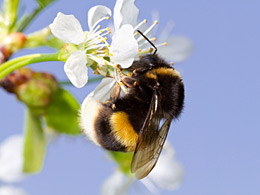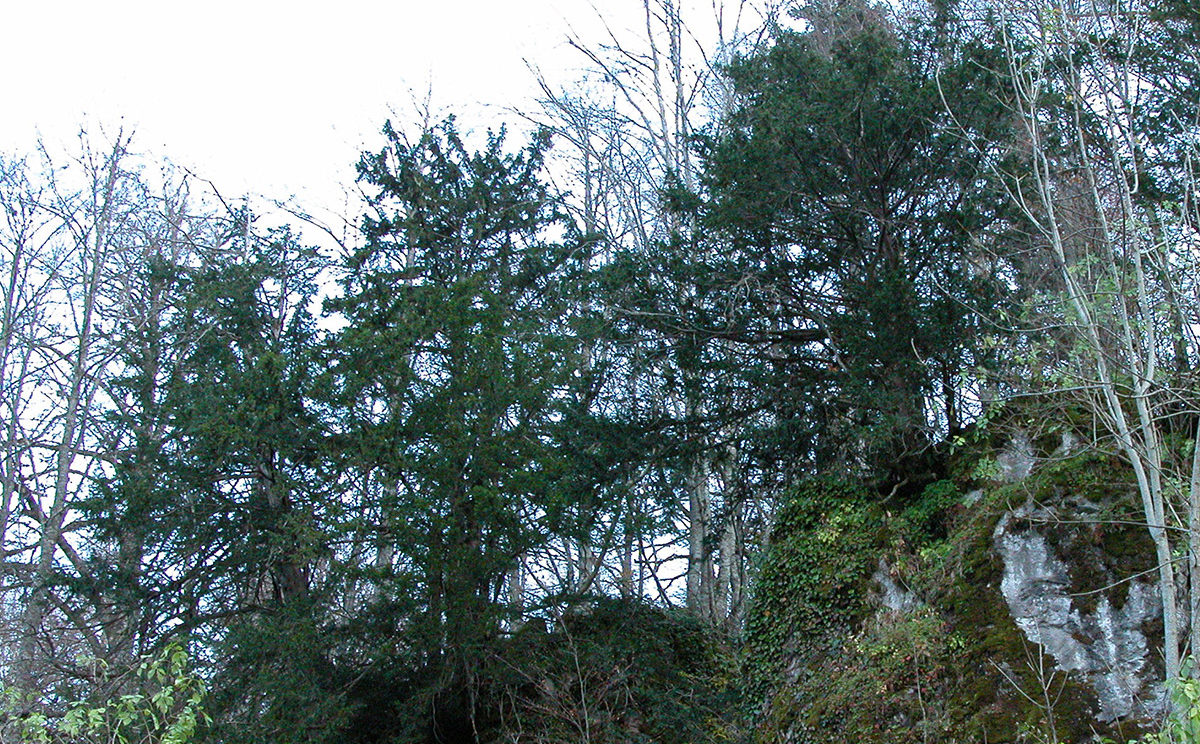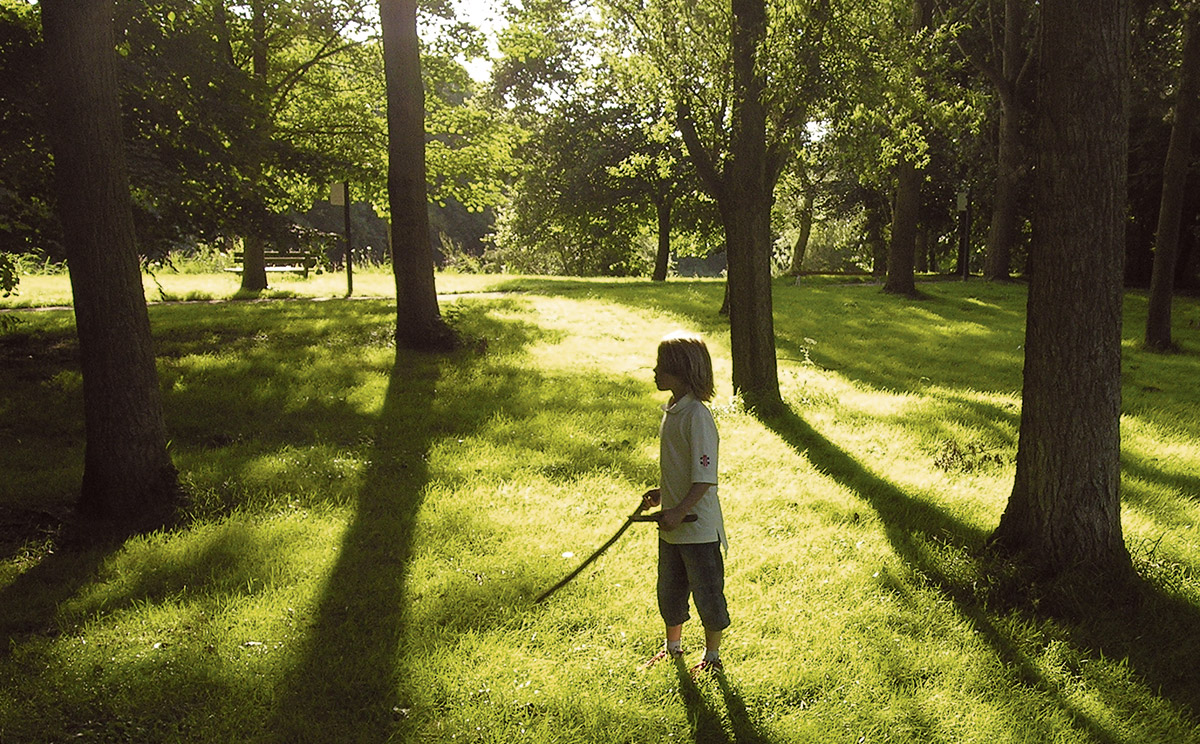Trees have electric auras
March 2013
What has been pootling in the realm of border sciences or even deemed to be esoteric fantasy is slowly coming to light. Plants do have electric auras, and they are used for communication between organisms.
A team around Daniel Robert at Bristol University conducted a series of tests that show how bumble bees make use of the electric charge of flowers. As insects fly through the air they acquire a positive electric charge. Plants, on the other hand, are grounded in the Earth and so have a negative charge.
The team in Bristol created a number of artificial flowers which were filled either with sucrose or with quinine, a substance bees don’t feed on. These flowers smelled identical and the bees visited them randomly. But when some of these flowers were charged with a 30-volt-static electric field (typical for a flower of 30cm height) the bees detected the fields from a few centimetres away and visited the charged flowers 81 per cent of the time.
Further tests revealed that bees are influenced by the shape of the electric field as well. The bees preferred to visit flowers with fields in concentric rings, these were visited 70 per cent of the time compared to only 30 per cent for flowers with solid circular fields. It is speculated that flower plants developed differently shaped fields in the course of evolution to attract pollinators more efficiently.
When an insect visits a flower it transfers some of its positive charge, thereby incrementally changing the flower’s field. A flower’s decrease in pollen or nectar finds a quick and up-to-date monitor in its electric field, thereby informing the insects as they approach. [1]
Little is known about the electric properties of trees, although the first systematic measurements of trees were performed at Yale University already from 1943 to 1966, when Harold Saxton Burr recorded the bio-electrical fields of a sycamore and an elm tree which showed electric potentials varying up to 500mV [2]. In Europe, the only tree species that does not hibernate is yew (Taxus baccata) which even at midwinter (21 December) still can have an electric flow of 70 micro ampere per millimetre, at 0.833V. [3]
sources:
[1] Douglas Heaven 2013. Electric plant auras guide foraging bees, New Scientist. vol. 217, no. 2906, 14.
[2] Fred Hageneder 2000/2017. The Spirit of Trees, 32.
[3] Fred Hageneder 2007/2011. Yew – A History, 69.




